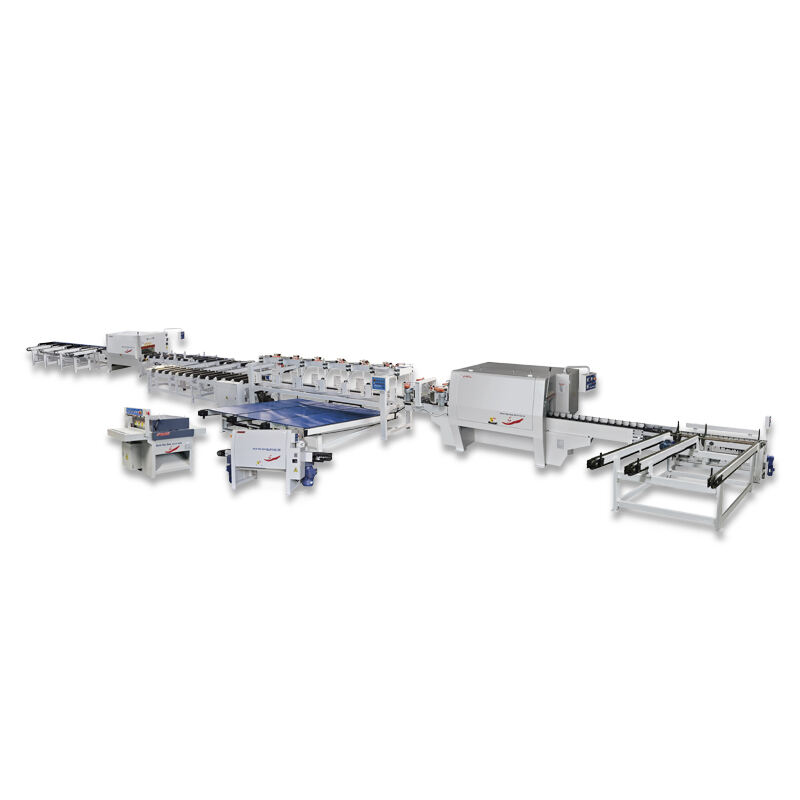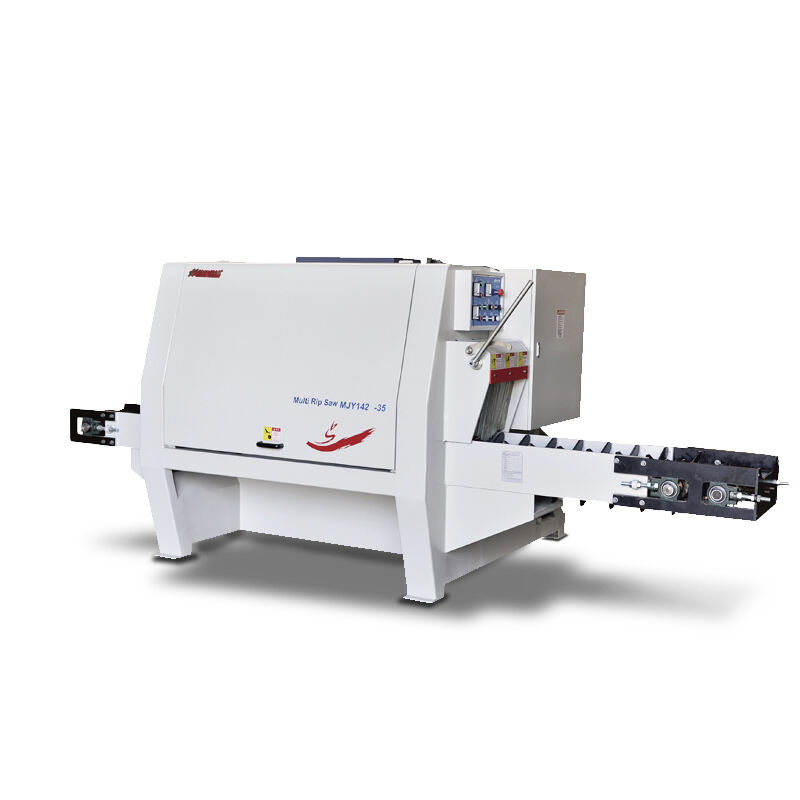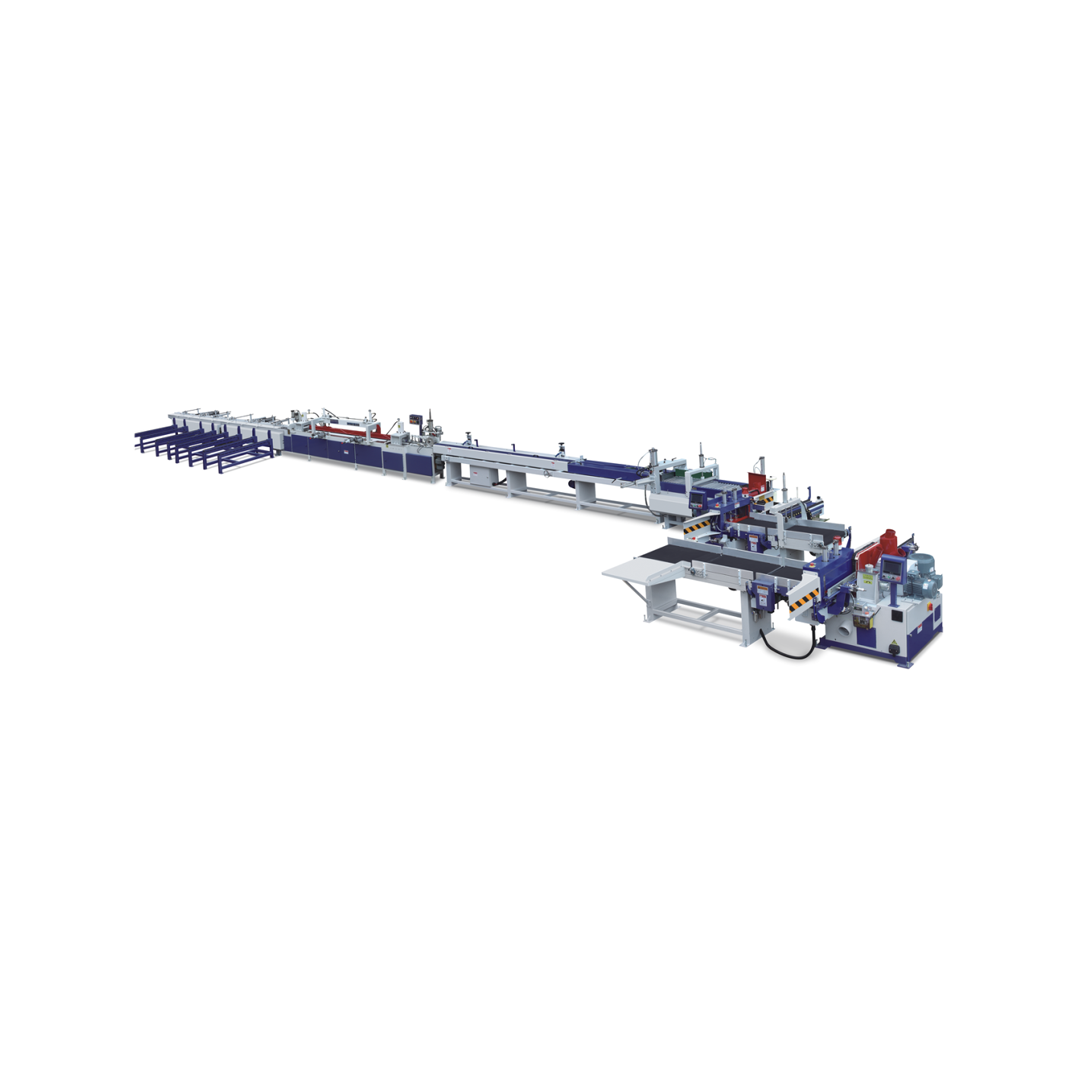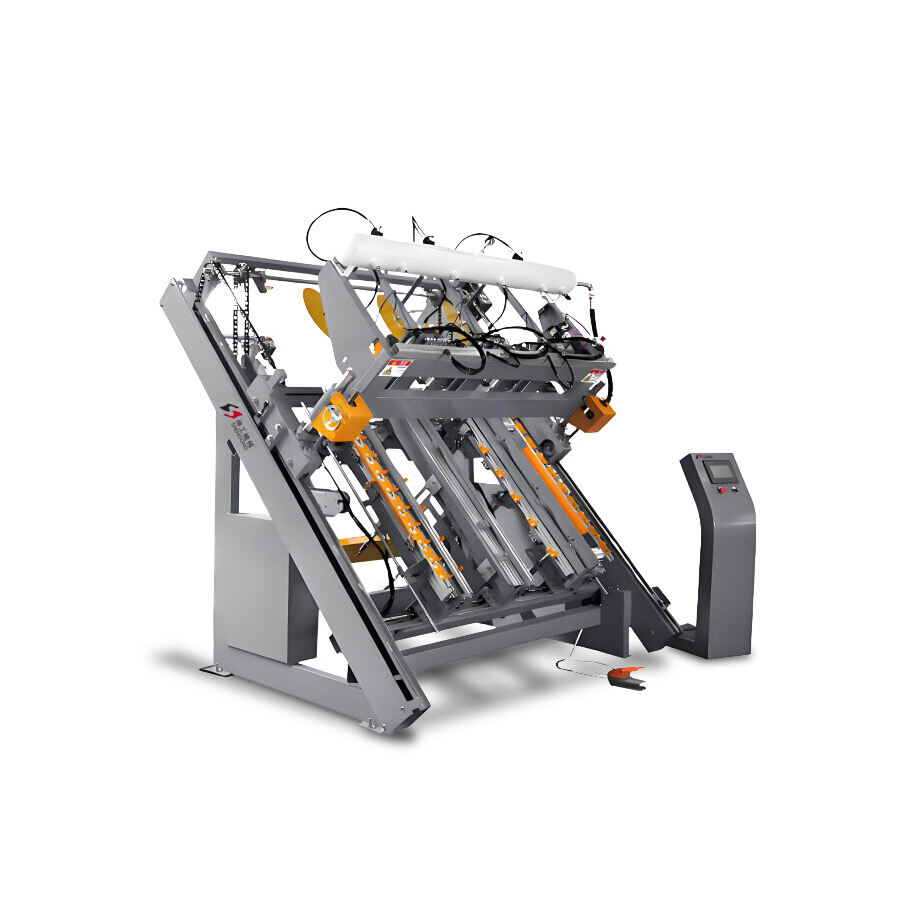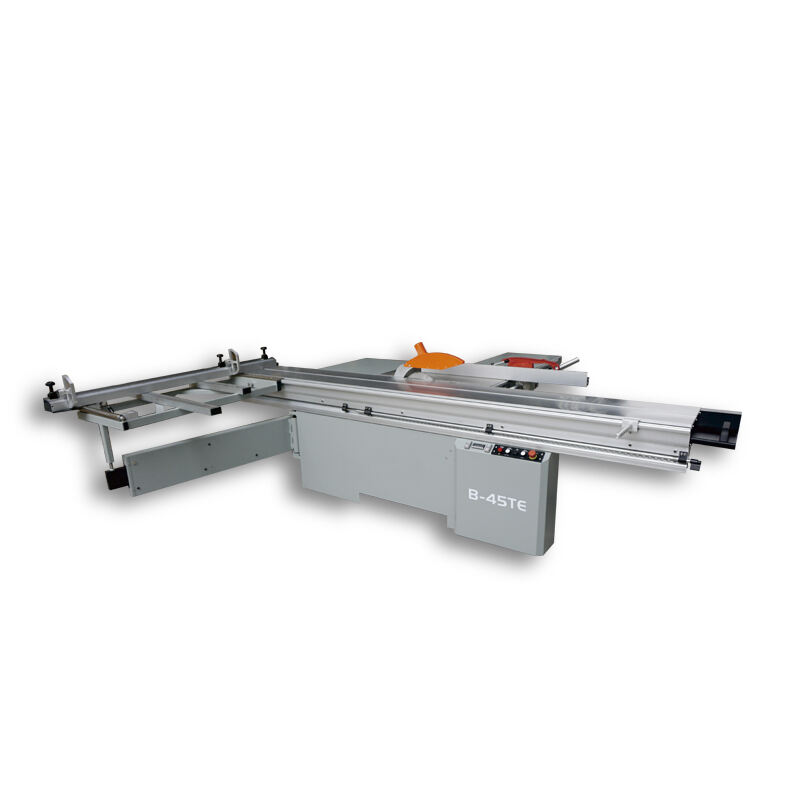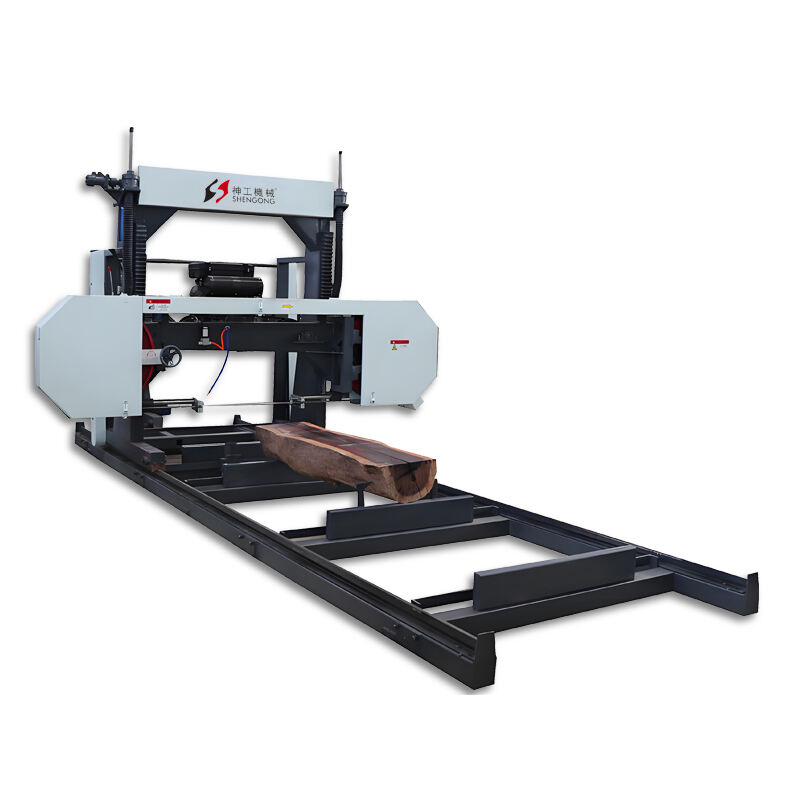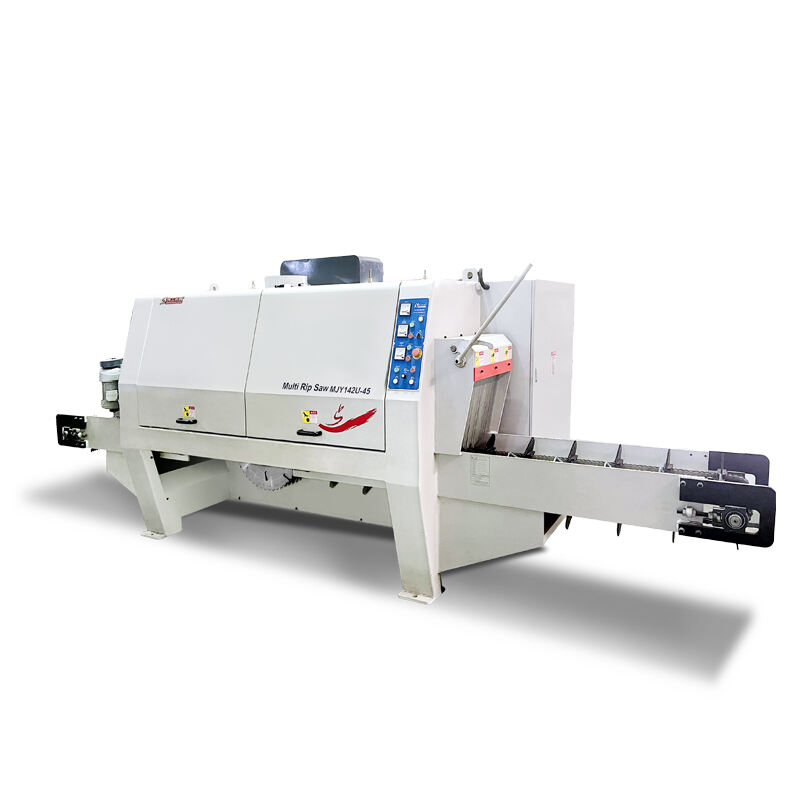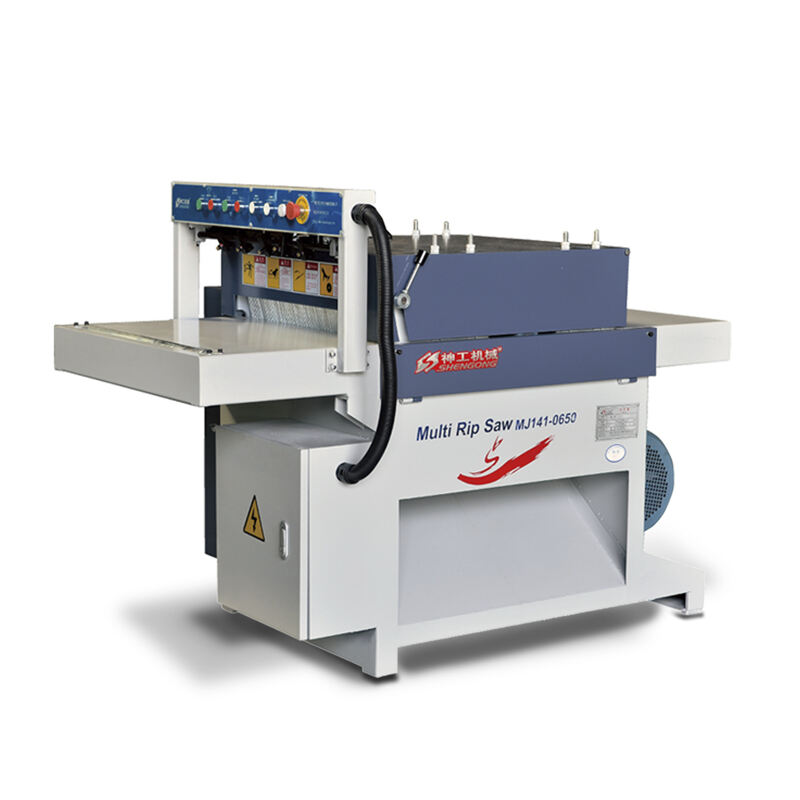Key elements for selecting a sawmill production line
When selecting a suitable sawmill production line, you need to take into account both current needs and long-term business goals. Operators must attach great importance to the durability of the equipment, especially when processing hardwood or dense wood species. Look for machines equipped with reinforced saw blades and heat-treated components, so that they can withstand continuous operation. Energy efficiency is also a key consideration. Modern electric motors or hybrid systems can reduce power consumption by 30% compared to traditional models. You also need to evaluate the compatibility of the system with your existing workflow, including log size requirements and output specifications. If the production capacity of the equipment does not match the raw material supply chain, production bottlenecks are likely to occur. For example, a sawmill has been using traditional equipment, which consumes a lot of electricity and often breaks down. After replacing it with new energy-efficient and durable equipment, not only can the electricity bill be saved, but the production is also more stable.
Evaluating production efficiency and output quality
There is no point in the equipment pursuing high-speed production at the expense of wood quality. Test the alternative systems with the wood samples you usually process and check for surface defects or dimensional inconsistencies. Now, advanced humidity sensors and laser-guided cutting devices can control the accuracy within an error range of 0.5 millimeters. You can consider systems with an automatic grading function, which can classify the wood according to quality parameters during the processing. If the enterprise aims at a niche market such as furniture-grade wood, it is necessary to give priority to equipment that can customize the cutting style and handle pressure-treated and anti-corrosive wood. Just like making high-end furniture, which has extremely high requirements for wood quality, only high-precision and flexible customizable equipment can cut the wood that meets the requirements.
Maintenance requirements and life cycle costs
The real cost of a sawmill production line is not just the initial purchase price. Calculate the expected maintenance costs according to the frequency of saw blade replacement, the efficiency of the lubrication system, and the interval between engine inspections. Systems that require professional technicians for daily maintenance may have higher long-term costs than models with modular and self-serviceable components. Carefully analyze the warranty terms of key components such as the hydraulic system and the computer control system. A comprehensive warranty can avoid unexpected repair bills in the first 3 to 5 years of operation. For example, spending a little more money to choose equipment with a good warranty when purchasing can save worry and money during subsequent repairs.
Matching production capacity with business growth expectations
Equipment that is too small will limit the enterprise's expansion potential; equipment that is too large will waste resources. First, calculate your current annual wood processing volume, and then estimate the growth rate for the next 5 to 7 years. Modular systems can be upgraded in stages and are often more cost-effective than a one-time installation. For businesses with a daily processing volume of less than 20,000 board feet, a compact horizontal sawmill with an automatic feeding system is very flexible. For large businesses with a daily processing volume of more than 50,000 board feet, a continuous flow operation system that integrates the drying and planing stages should be explored. For example, a small sawmill initially has a small business volume and a compact device is sufficient. As the business grows, it gradually upgrades the modular equipment and smoothly transitions to a large continuous flow operation system.
Safety features and environmental compliance
Modern sawmill production lines must be equipped with safety devices that meet the standards of the Occupational Safety and Health Administration (OSHA), such as emergency braking systems, saw blade guards, and dust control solutions. Evaluate the noise reduction technology. Equipment with an operating noise of less than 85 decibels can make workers more comfortable and also meet stricter regulatory standards. Now, environmental factors also affect purchasing decisions. Water circulation systems and particle filters have become industry standards. Systems that meet the California Air Resources Board (CARB) Phase 2 compliance standards or equivalent emission standards can make your business adapt to increasingly strict environmental regulations. Imagine working in a sawmill with high noise and a lot of dust, which will be very hard for workers. Equipment that meets environmental and safety standards can greatly improve the working environment.
Adapting to emerging wood processing technologies
The shift towards automated quality control systems and Internet of Things device monitoring is revolutionizing the operation mode of sawmills. Give priority to systems that are compatible with real-time production tracking software and predictive maintenance algorithms. Equipment that supports Radio Frequency Identification (RFID) log tracking can comprehensively improve inventory management from the receipt of raw materials to the shipment of finished products. Although these technologies require upfront investment, they can usually recoup the costs within 18 to 24 months by reducing waste and increasing the output rate. For example, through Internet of Things monitoring devices, potential equipment failures can be detected in advance and repaired in a timely manner, avoiding production stagnation and material waste caused by equipment failures.

